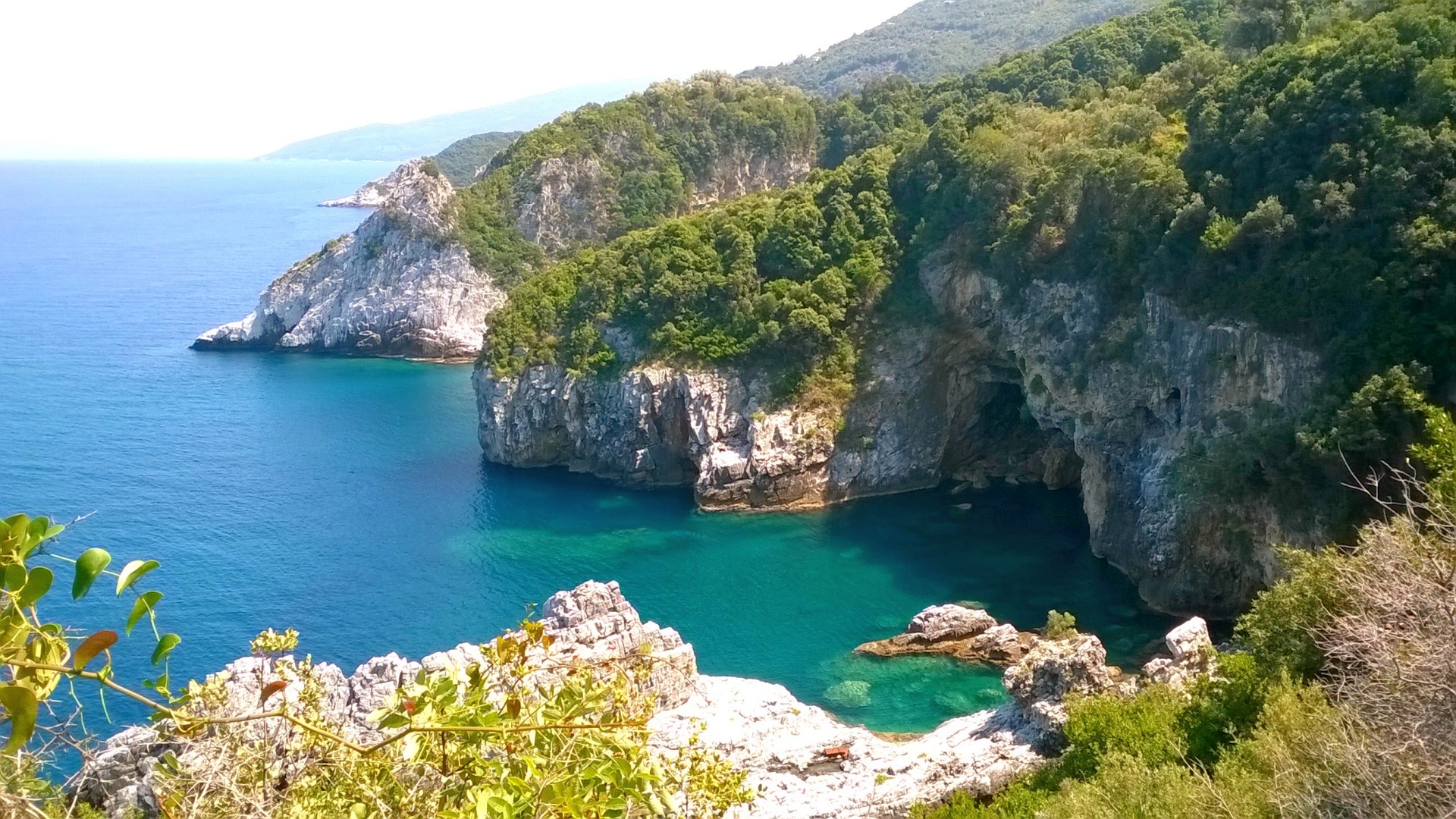Tsagarada is undoubtedly one of the ideal places for those who love hiking. Endless routes, within a dense network of stone-built roads and forest paths, in a rich field with continuous landscape variations.
Rematies (narrow openings with high banks, through which water flows) drowned in plane trees, chestnut trees, oaks, ivy and liopourna. Urban sections with traditional mansions surrounded by hydrangeas, camellias but also walnut trees, cherry trees, apple trees and all kinds of fruit. Olive groves and steep magical gorges that end in fairy-tale sea caves and beautiful beaches such as Mylopotamos and Fakistra, as well as a forest of chestnut and beech trees in its mountainous part with a special micro-climate, reminiscent of a Rainforest.
The pronunciation by her friends as “the emerald of Pelion” is not excessive, as is not the saying of the locals “if you do not walk it, you will not know it!”.
Tsagarada has a special spatial planning. It extends to a length of about 3.5 km, the altitude at the width of the settlements from its coastline in some places exceeds 650 m, while the peaks above it exceed 1200m (Mega Isoma).
It consists of 4 settlements, particularly sparsely populated, where each has a magnificent central square.
On Agia Paraskevi with the impressive thousand-year-old plane tree – one of the largest in Europe -, the Holy Taxiarches with the marble four-fountain fountain, Agios Stefanos with the picturesque chapel on the hill behind the square and Agia Kyriaki with the special stone bell tower.
The peculiarity of the sparse construction often gives visitors the impression that they cannot find the center or even the whole village, since the usual picture we have of our villages is completely different.
However, it is precisely this particularity that defines both the character and the need to hike in this place. A place where the more you walk it, the more its rich history and culture is unlocked in front of you.
A special history that begins from the mythical times of antiquity and through the feudal and early monastic situation in the time of Byzantium and the subsequent looting by pirates, continues with a long period of development from the second half of the Turkish occupation onward.
This fertile period reaches its peak in the late 19th and early 20th centuries, with the partial migration of residents to Egypt and their very important contribution to the formation of the Greek Orthodox community there, something that transmits culture, new ideas and avant-garde in the region of Pelion. Seals of this brilliant route are indelibly imprinted today in every corner of Tsagarada.
In addition to the unique natural beauty, the area offers a multitude of hospitality services for visitors as it has a large number of modern and attentive accommodations, taverns with traditional food, café bar for relaxation and evening entertainment as well as shops where you can buy handmade items from local creators, souvenirs, local dishes such as spoon sweets and tsipouro etc.
Tsagarada is undoubtedly the ideal destination for any season.
















